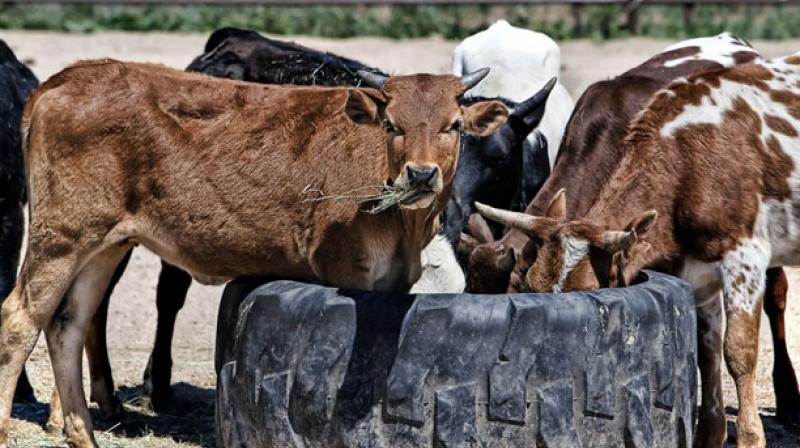Mystic Mantra: Heart of Ahimsa

In these deeply divisive times, it is ironical that an animal as gentle as the cow has become the mascot of a deeply communal and often violent campaign. Individuals claiming to act to protect it have assaulted, at times fatally, other human beings upon the mere suspicion of having harmed a cow.
If they were found to be amenable to reason, I would urge them to extend their doctrine of selective ahimsa to include all sentient beings.
Indeed, any instance of violence can become an opportunity for us to resolve to re-imagine for our times the sophisticated philosophies of non-violence, especially in the Jain and Buddhist traditions, that were birthed and developed in the Indian subcontinent.
Ahimsa is not simply an absence of killing. Its practice begins at the level of thought, and extends to intention, speech and action.
Violence begins in the mind and heart — when we allow anger, jealousy, hatred, divisiveness and other destructive emotions to vitiate our inner environment. External acts of violence grow when the seeds that lie hidden in these destructive emotions germinate within our beings. That is where the practice of ahimsa needs to begin — by deactivating the seeds of afflictive and destructive emotions within us.
According to this perspective, the division of animals into “cows and others” would also count as an act of violence because it stems from a divisive view of life — one being worthy of saving and not the others.
At a subtler level, the same divisive worldview implies a segregation of human beings too, into “them and us”, where “us” is the implied group of righteous defenders of faith from “them”, the other, against whom is targeted violence, anger and hatred.
In practising ahimsa as a spiritual discipline, one would examine and let go of these ultimately artificial divisions, as also destructive emotions and the thought patterns that give rise to them.
To those that consider the cow worth saving but have no qualms about killing any other being — human or animal — I would recount this story.
It belongs to the Jatakas, which talk of the Buddha’s births prior to becoming the Enlightened One.
In one of his lifetimes, he was a wandering seeker who came upon a tigress in a forest that had just given birth. She was so overcome with hunger that she was about to devour her own cubs.
Moved to intense compassion by the sight, the Bodhisattva offered his own body to the tigress to alleviate her hunger, thus serving her and saving the lives of her cubs.
This story beautifully encapsulates the range of potentialities that exist within each human being.
We are capable of the worst violence, and we are also capable of the highest degree of compassion, in which we are able to disregard the primal instinct for self-preservation in favour of preserving and serving another. Why not nurture this seed of compassion within us, and adopt kinder, gentler, non-violent ways of being?

